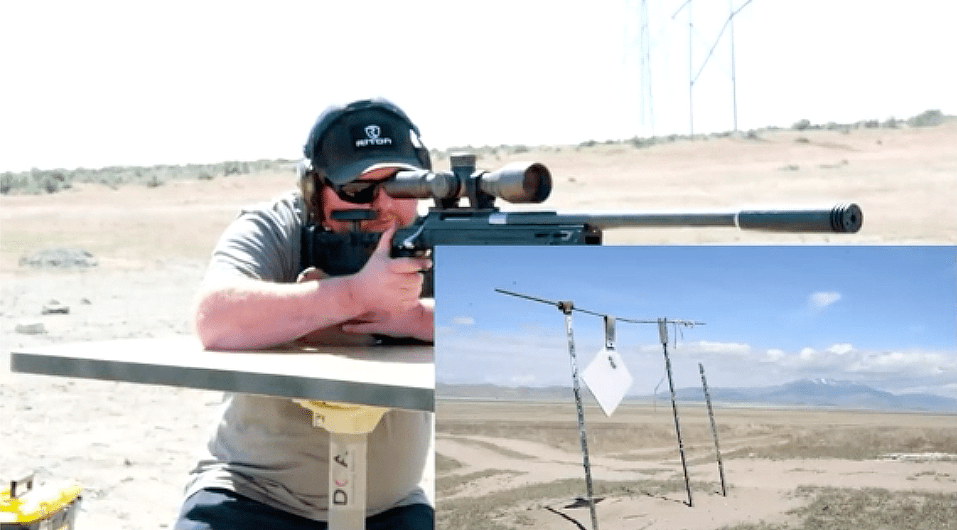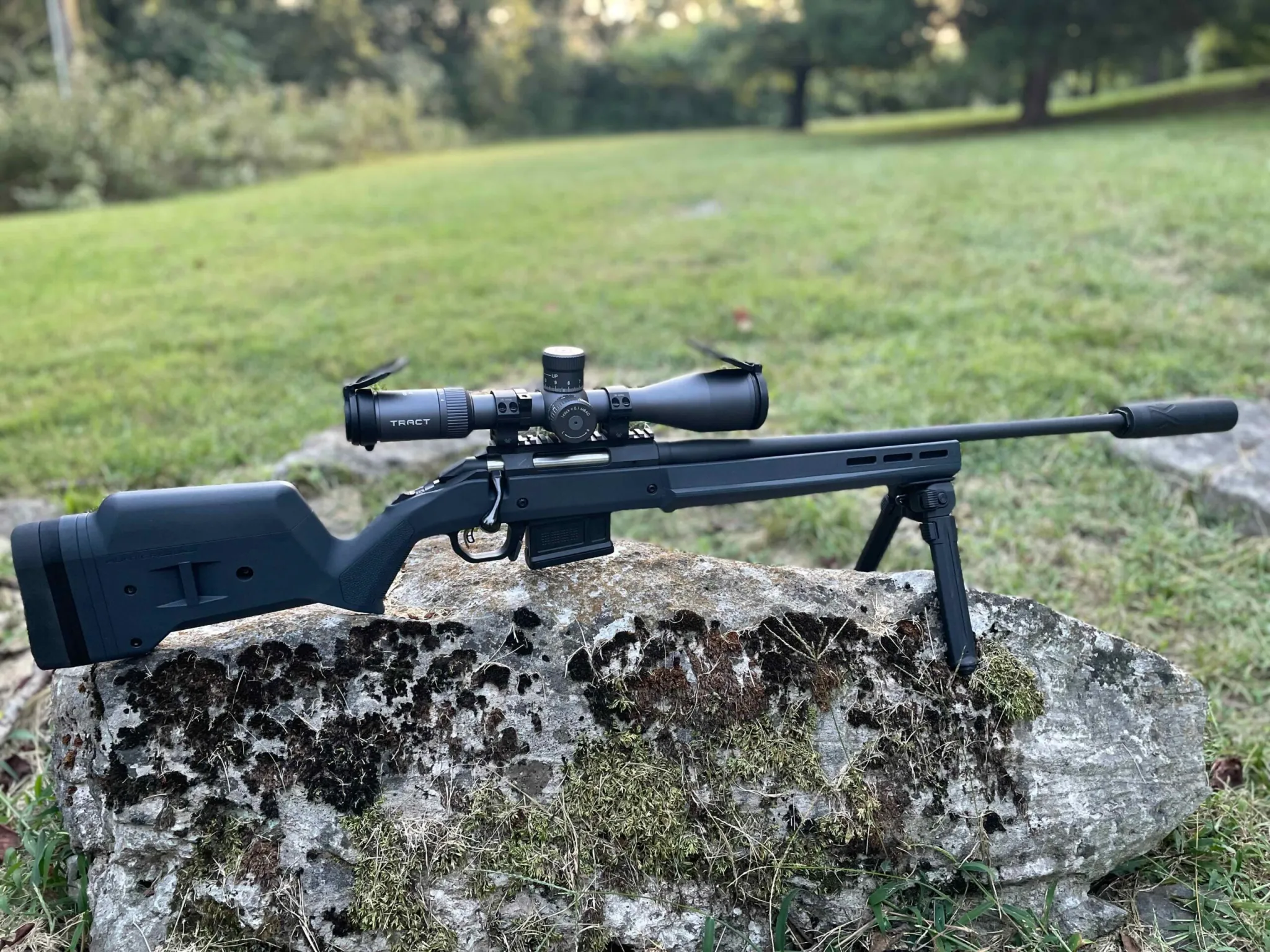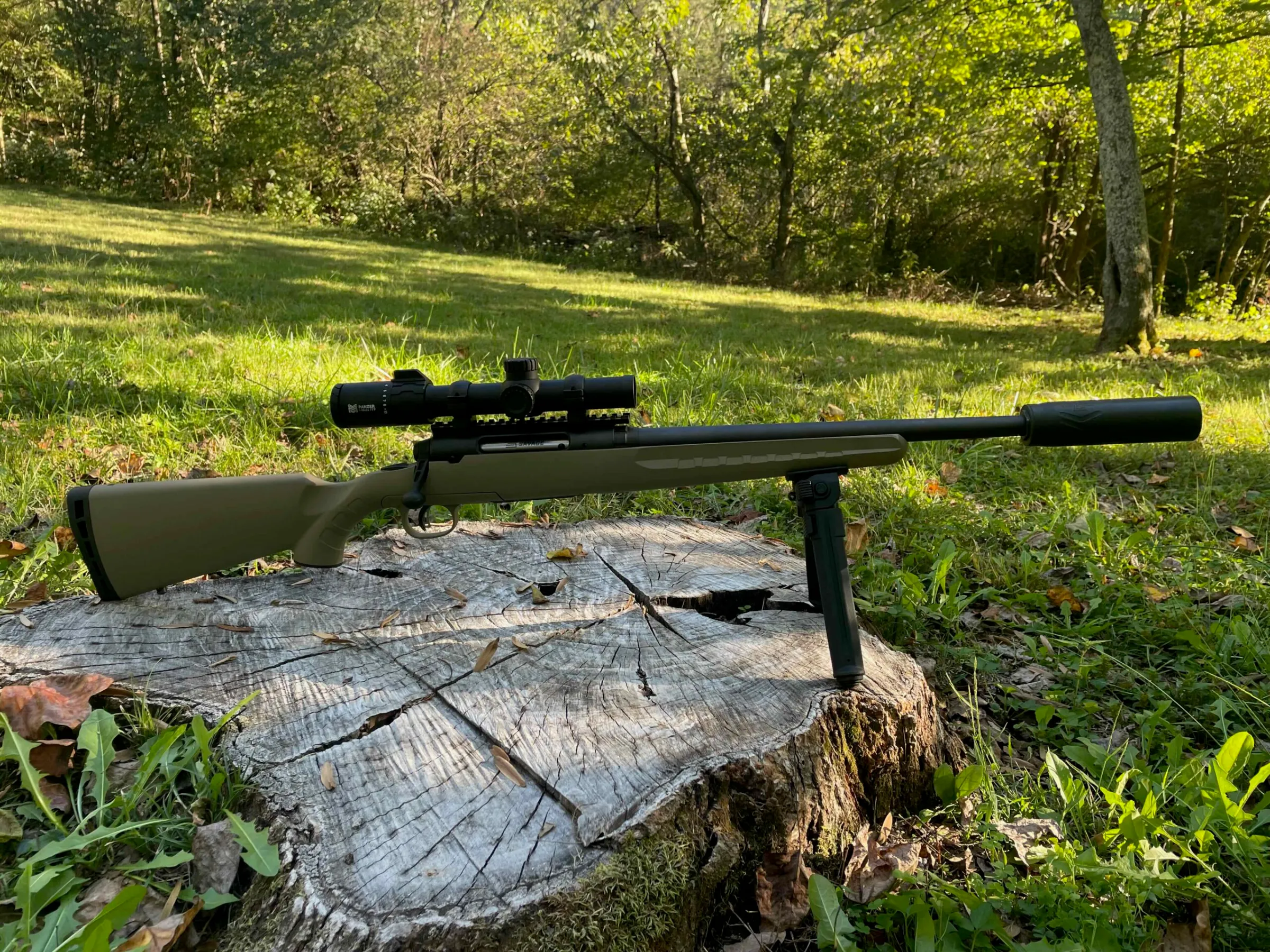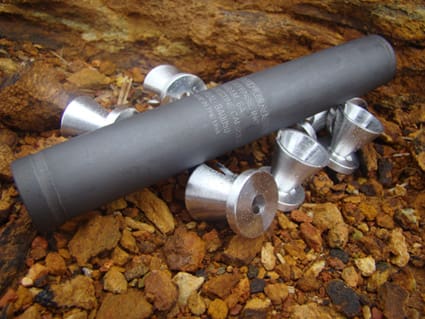
Thanks in large part to movies and television, the misconception that firearm suppressors slow bullets down or hurt accuracy is extremely pervasive. In this “The Truth About…” episode, I dive into silencer ballistics.
Watch the video embedded above, or click HERE to view it on Rumble. Visit Silencer Shop for the best prices and the easiest, most streamlined suppressor buying process in the country.
By the way, we’ll be launching a “studio” video like this one every Monday afternoon and a range video (like last week’s shooting tips for optics-equipped pistols) every Thursday afternoon. Subscribe on Rumble to see ’em before their associated TTAG articles go live.








